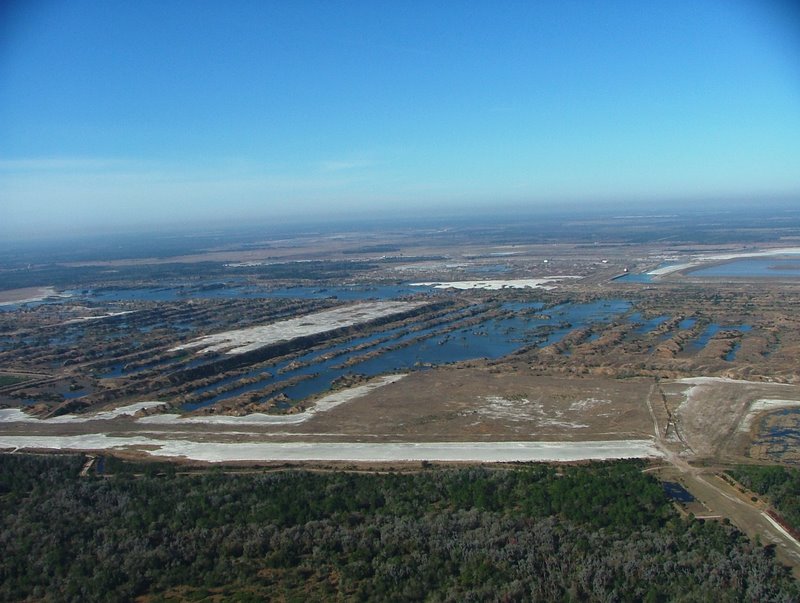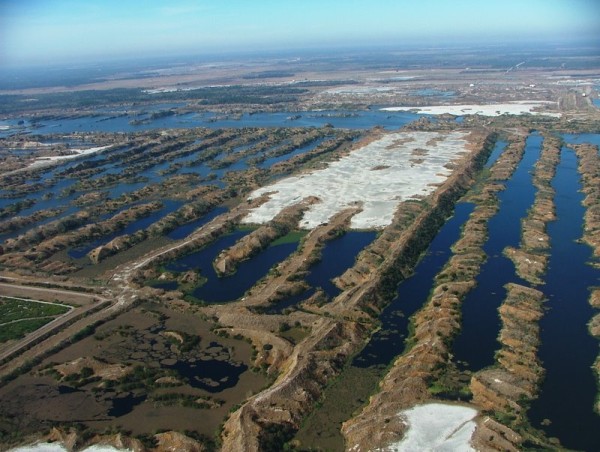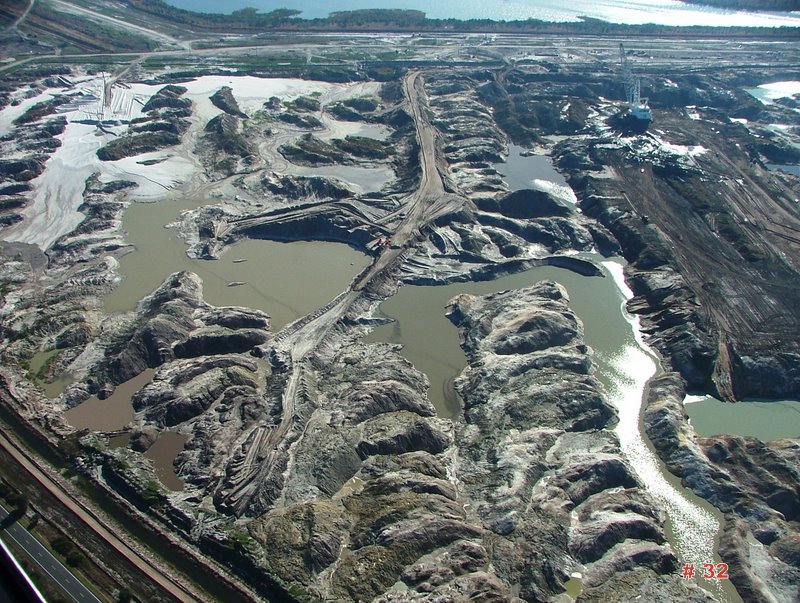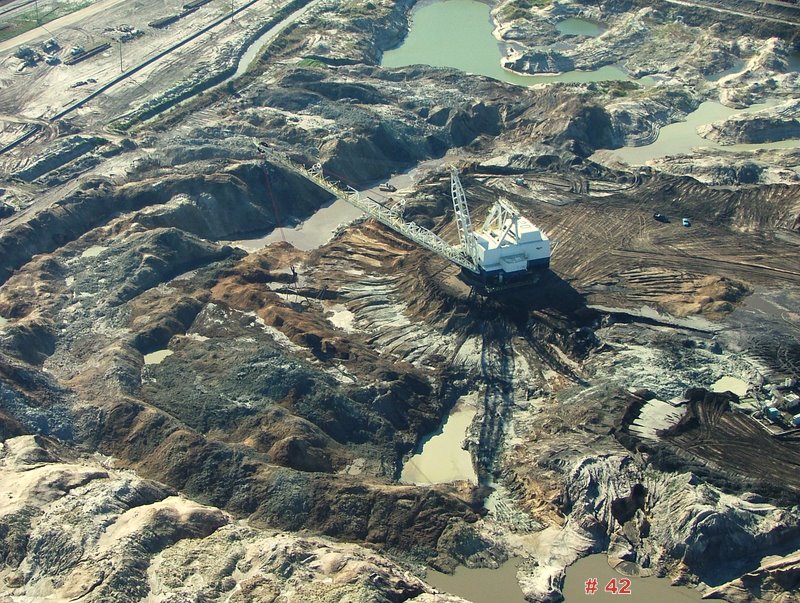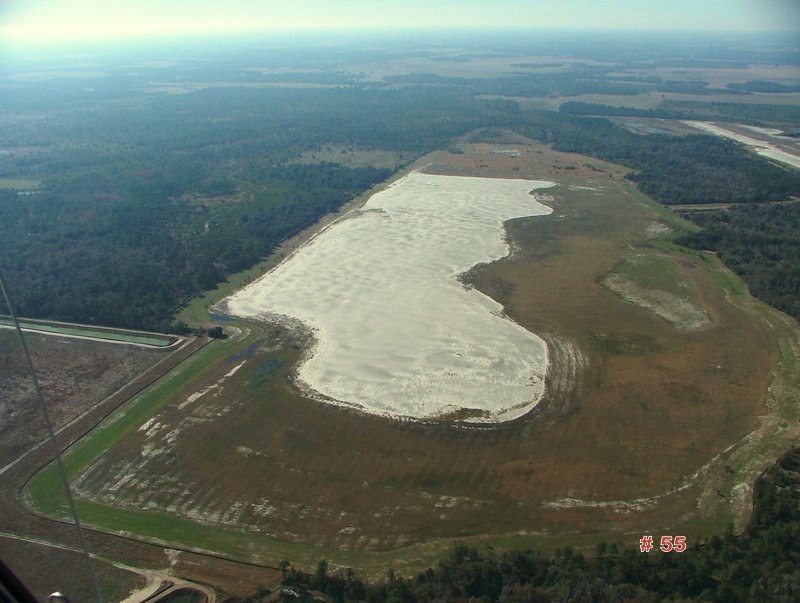EPA Sets Scope for Mining Study
Charlotte Sun
March 17, 2010
http://www.sunnewspapers.net/articles/pnnews.aspx?NewsID=454040&a=newsarchive2/031710/ch5.htm&pnpg=1
‘Sensitive’ area needs impact study, says chief
Calling the Peace River watershed an “important and environmentally sensitive mining region,” the U.S. Environmental Protection Agency again called for a comprehensive regional impact study on phosphate strip mining within the watershed this week.
The EPA has long advocated an Area-Wide Environmental Impact Study for the Bone Valley phosphate reserve, but Mosaic Fertilizer’s request for a 21-year permit to strip mine its 11,000-acre South Fort Meade Extension triggered the agency to renew that call, wrote Thomas Welborn, chief of the EPA’s wetlands, coastal and oceans branch.
His March 10 letter was written to Col. Alfred A. Pantano Jr., district engineer for the U.S. Army Corps of Engineers, which grants permits for wetland impacts.
The EPA and dozens of environmental groups, political leaders, local governments and residents have been requesting the study for more than a decade. But to date, the corps has denied the requests.
The EPA’s latest letter serves as a follow-up to one sent by the EPA Dec. 15, which said Mosaic’s application for permits to mine the South Fort Meade Extension, located on the Peace River near Fort Meade, falls short in wetlands mitigation. In that letter, the EPA also called for the areawide study.
“(The) EPA is interested in developing a new approach in 404 permit review, to include consideration of overall cumulative impacts within the Bone Valley, rather than incremental review of permits and their associated impacts,” Welborn wrote. “We would like to do this in cooperation and partnership with the ACOE.”
The ACOE has not had a chance to review the EPA’s letter or prepare a response, said Chuck Schnepel, chief of permitting for the corps’ Jacksonville-based district. He declined further comment.
Jim Cooper of Protect Our Watershed, which has lobbied for the study, called the EPA’s letter “a milestone.”
“For a long time, EPA officials have referenced an EIS, but this is much more comprehensive,” he said. “It would be projectwide, studying phosphate mining throughout the Bone Valley, past, present and future.
“It’s very important they knit this tapestry of impacts together and understand, with several of these mines operating simultaneously, these impacts need to be accumulated and taken into account.”
Russell Schweiss, Mosaic’s manager of public affairs, said: “Let’s be clear on one point: The industry has no control over a decision to conduct an Area-Wide EIS. It’s not our call and never has been.
“That said, our consistent position has been that we don’t object to the concept of an Area-Wide EIS, as long as it looks at all impacts, not just the phosphate industry. We don’t see how a study of environmental impacts can be scientifically valid without looking at impacts such as urbanization, development and other land uses that, in many cases, have a far greater footprint in the region.”
Welborn pointed out the EPA has designated the Peace River Watershed as an Aquatic Resource of National Importance. Florida also has declared the river a Priority Watershed.
That indicates both governments have agreed to restore its impaired waters and protect them from further impacts, Welborn wrote.
He also pointed out the Peace provides water to the Charlotte Harbor estuary and 700,000 residents.
Welborn suggested the study determine:
* How mining and other developments will affect compliance with Total Maximum Daily Load limits for pollutants such as phosphorus and nitrogen, which are big factors in the Peace’s impairment.
* What impacts are caused by the giant berms, stacks of phosphogypsum waste and stockpiles of ore created by the phosphate industry.
* Whether the future redevelopment of reclaimed mines into subdivisions, shopping centers or recreational sites will pose impacts or radiation hazards.
Welborn also expressed support for the ACOE’s recent suggestion to convene a “phosphate summit” to address the impacts.
E-mail: [email protected]
By GREG MARTIN
Staff Writer

